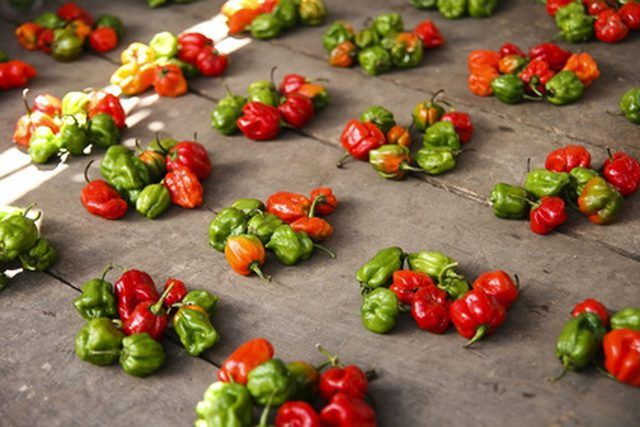Bulbs
Flower Basics
Flower Beds & Specialty Gardens
Flower Garden
Garden Furniture
Garden Gnomes
Garden Seeds
Garden Sheds
Garden Statues
Garden Tools & Supplies
Gardening Basics
Green & Organic
Groundcovers & Vines
Growing Annuals
Growing Basil
Growing Beans
Growing Berries
Growing Blueberries
Growing Cactus
Growing Corn
Growing Cotton
Growing Edibles
Growing Flowers
Growing Garlic
Growing Grapes
Growing Grass
Growing Herbs
Growing Jasmine
Growing Mint
Growing Mushrooms
Orchids
Growing Peanuts
Growing Perennials
Growing Plants
Growing Rosemary
Growing Roses
Growing Strawberries
Growing Sunflowers
Growing Thyme
Growing Tomatoes
Growing Tulips
Growing Vegetables
Herb Basics
Herb Garden
Indoor Growing
Landscaping Basics
Landscaping Patios
Landscaping Plants
Landscaping Shrubs
Landscaping Trees
Landscaping Walks & Pathways
Lawn Basics
Lawn Maintenance
Lawn Mowers
Lawn Ornaments
Lawn Planting
Lawn Tools
Outdoor Growing
Overall Landscape Planning
Pests, Weeds & Problems
Plant Basics
Rock Garden
Rose Garden
Shrubs
Soil
Specialty Gardens
Trees
Vegetable Garden
Yard Maintenance
How to Care for a Chili Plant
How to Care for a Chili Plant. Chili pepper plants are warm season vegetable crops native to tropical and sub-tropical climes. There are hundreds of varieties of peppers under cultivation but according to the University of Rhode Island the most commonly grown in home gardens are sweet bell, banana and Hungarian wax peppers. Sun, warmth and moist,...

Chili pepper plants are warm season vegetable crops native to tropical and sub-tropical climes. There are hundreds of varieties of peppers under cultivation but according to the University of Rhode Island the most commonly grown in home gardens are sweet bell, banana and Hungarian wax peppers. Sun, warmth and moist, rich soil are paramount to healthy and productive pepper plants with fertilizer boosting their performance.
Things You'll Need
Compost
Aged manure
Fertilizer with 5-10-10 or 8-16-16 analysis
Hand trowel or cultivating fork
Water
Organic mulch
Grow your pepper plants in temperate to warm climates that are free from frost. Plant them in the garden after the last frost and maintain day temperatures between 70 and 80 degrees F and overnight temperatures between 60 and 70 degrees F. Flowers can drop when ambient temperatures rise above or fall below this range.
Provide nutrient-laden but well-draining soil that is light and friable with a slightly acidic pH between 6.0 and 6.8. Amend the soil with compost or aged manure to boost the fertility and adjust the soil pH if required.
Water your pepper plants to keep the soil evenly moist at all times, watering just around the root area and never over the head of the plants as this can cause mildew and other diseases. Be careful not to splash water and soil up onto the leaves so water low and slow to prevent problems.
Fertilize your pepper plants several times during the growing season with a granular vegetable and fruit fertilizer with a guaranteed analysis of 5-10-10 or 8-16-16 or some other ration of 1-2-2. When using a fast release formula fertilize in spring, summer and fall, when using a slow release formula apply in the spring and again in the fall for warm climates where pepper plants grow into fall. Apply according to the label dosing directions and water in until the soil and fertilizer is drenched to a depth of 6 inches.
Mulch around the base of the pepper plants with bark or leaf mold to hold moisture in the soil, prevent the soil from splashing up onto the pepper plant leaves and keeping weeds at bay. Pull any weeds or competing plants that crop up immediately when spotted and discard them.